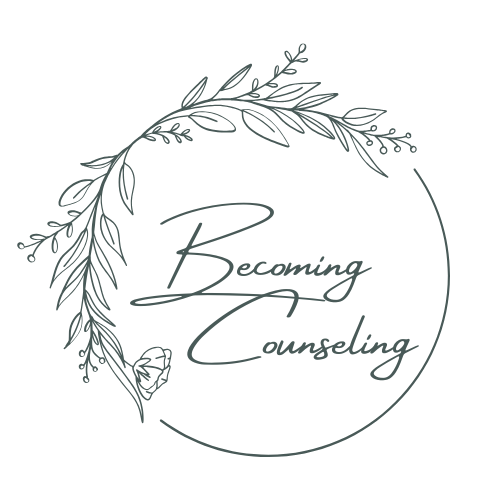Ketamine Assisted Psychotherapy
Ketamine for Mental Health: A New Path When Talk Therapy Isn't Enough
There are times in the healing process when talking alone isn’t enough. You might feel stuck, emotionally exhausted, or like you're revisiting the same patterns over and over without real movement. In those moments, it’s not that therapy isn’t working—it’s that your system may be too dysregulated, too depleted, to process or integrate what you're learning.
This is where ketamine-assisted therapy can offer a powerful, supportive shift.
What Is Ketamine?
Ketamine is a medication that has been used safely for decades as an anesthetic. In recent years, it’s gained recognition in the mental health field for its rapid and transformative effects on depression, anxiety, PTSD, and other mood disorders—especially when traditional approaches haven’t brought relief.
Unlike many antidepressants, which work by altering neurochemicals gradually over time, ketamine interacts with the brain’s glutamate system—specifically the NMDA receptor. This increases neuroplasticity, or the brain’s ability to form new connections. In other words, it helps the brain become more flexible—something that is often diminished in chronic depression and trauma.
Why It Helps
Ketamine can interrupt deeply ingrained loops of thought and emotion. It can provide a sense of openness, relief, and clarity that talk therapy alone sometimes struggles to reach—especially when the nervous system is shut down or stuck in survival mode.
Clients often describe ketamine sessions as offering a wider perspective, an ability to witness their struggles with more compassion and less fear. And for many, that shift becomes the first real foothold toward lasting change.
How I Use Ketamine in My Practice
In my practice, I incorporate ketamine when clients feel they can’t move forward—when sessions start to feel repetitive, energy is low, and their nervous system is too overwhelmed or shut down to engage in deeper therapeutic work.
But I don’t just offer ketamine as a clinical intervention. I approach it as a ceremony and a healing experience. During sessions, I provide live sound healing—gentle drumming, voice, or ambient sounds—to create a safe, grounded container for the journey. The sound supports regulation of the nervous system, helps move energy, and encourages the body to stay connected and present throughout the experience.
Integration Is Everything
While the ketamine session itself can be profound, integration is the most essential part. This is where we take what you experienced—insights, emotions, visions—and weave them back into your life. Through follow-up sessions, journaling, creative expression, and gentle somatic practices, we translate the internal shift into meaningful, sustainable change.
Ketamine doesn’t replace the work—it opens the door. What happens next is a collaborative, embodied process.
If you've been feeling like talk therapy isn’t enough, or that you’re too overwhelmed to even begin healing, ketamine-assisted therapy might be a path worth exploring. With the right support, new ways of being become possible.
